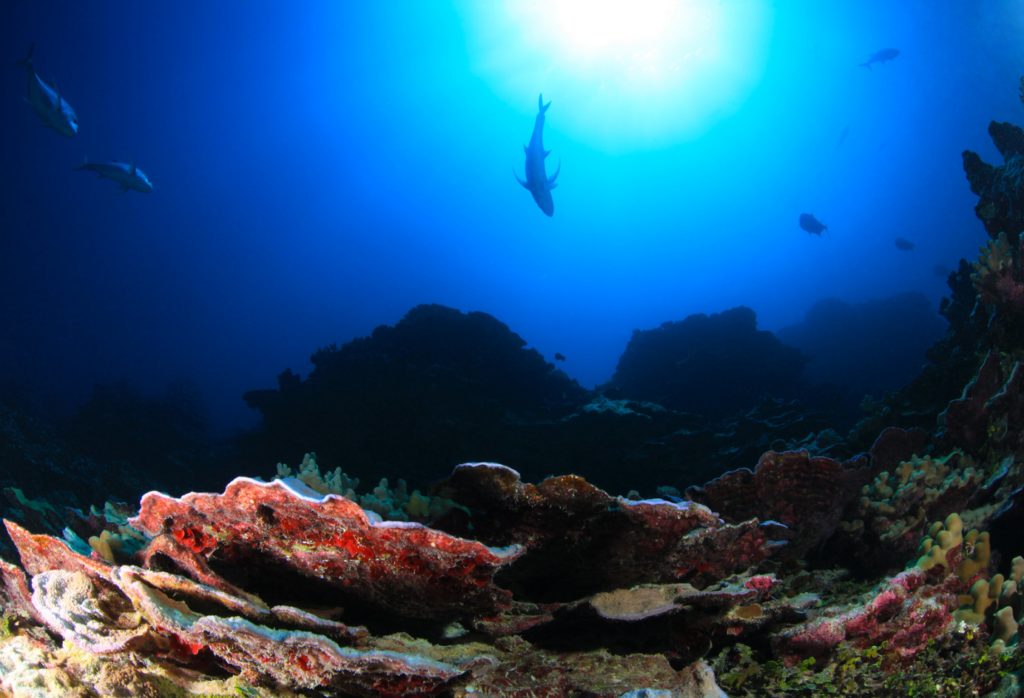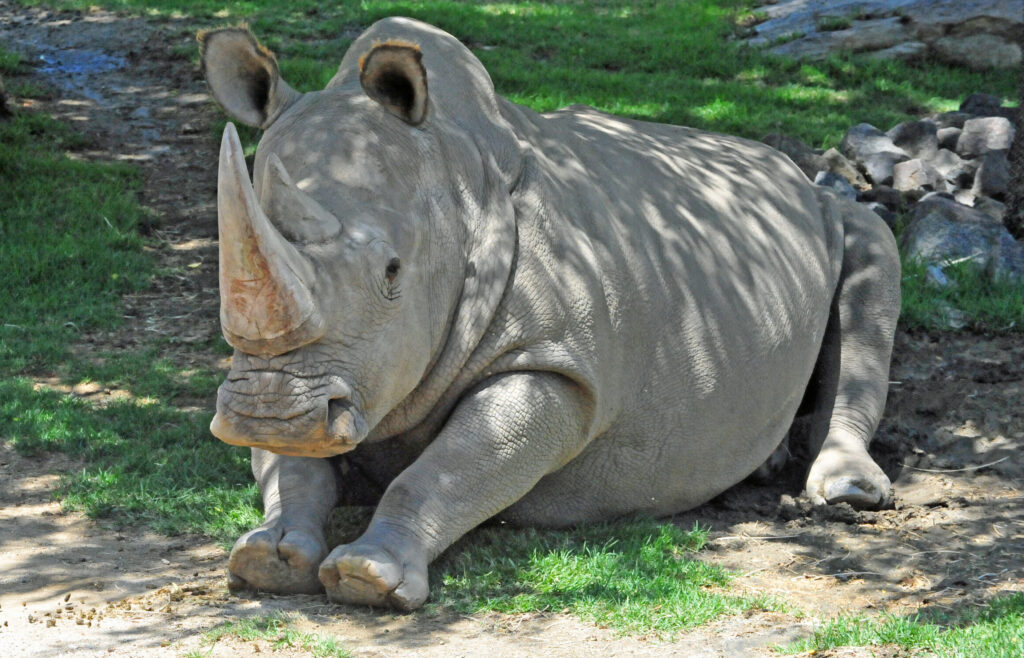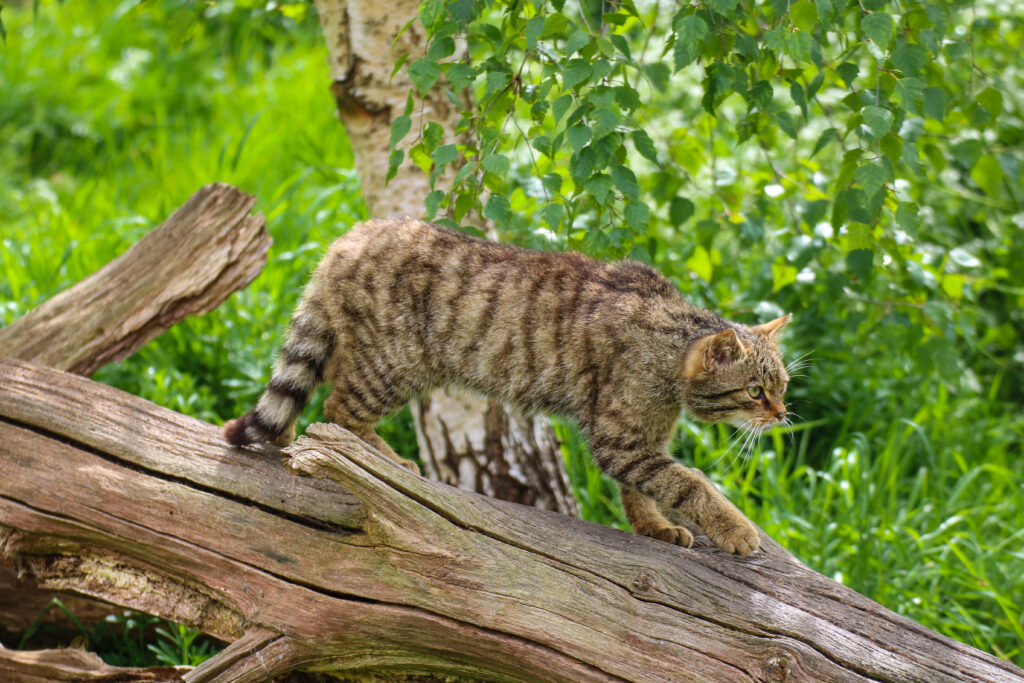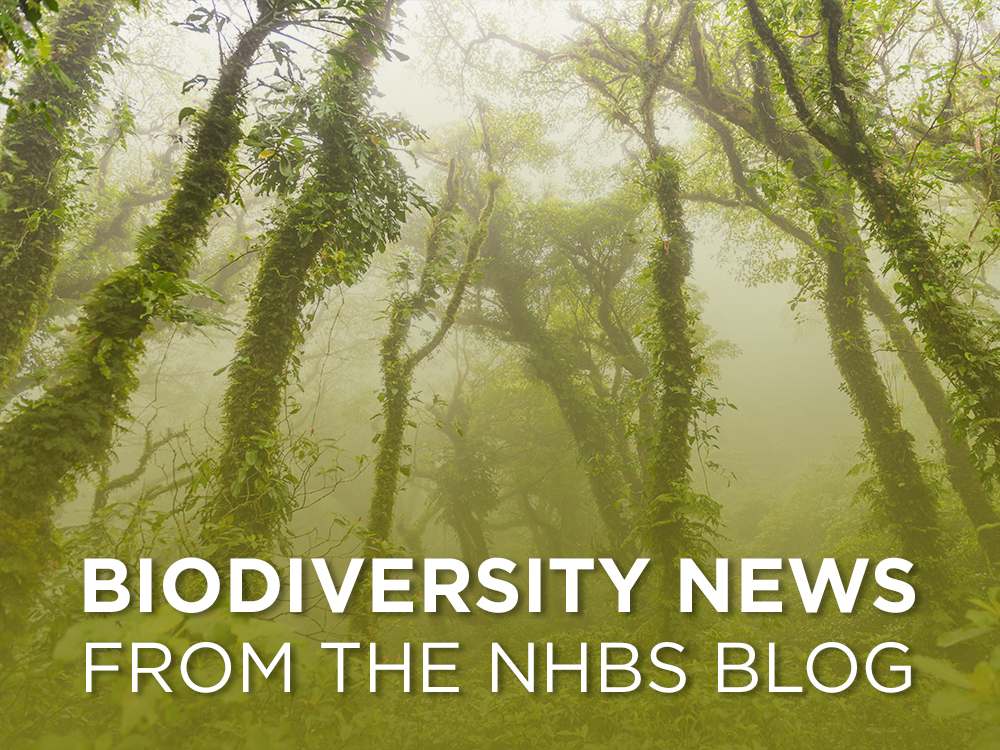Environment
An ocean-dwelling fungus has been found to break down marine plastic pollution. Parengyodontium album has recently been added to the list of four species of plastic degrading fungi. Researchers have discovered the fungus’ ability to degrade polyethylene plastic, the most abundant form of plastic in our oceans, following a period of exposure to UV radiation from sunlight. It is estimated that the fungus can break down polyethylene at a rate of 0.05% each day, and with over 400bn kilograms of plastic produced annually, this discovery has the potential to provide an answer to the problem of marine plastic pollution.

A recently launched programme will aim to restore a 193km stretch of coral reef. Named ‘Ako’ako’a, the project will be one of the first to attempt such large-scale restoration and will focus this effort on the west coast of Hawai’i Island. Due to start in 2025, researchers will identify individuals with desirable traits in the face of climate change, such as high thermal tolerance, fast growth and tolerance to pollution. These selected individuals will then be used to produce larvae with strengthened genetic resistance which will be released during natural spawning periods. With increasing declines occurring over more frequent bleaching events, ‘Ako’ako’a aims to restore ailing reefs across the region.
Conservation
Canada is set to ban open-net salmon farming in British Columbia in five years. The announcement follows the government’s decision to transition to closed-containment methods in 2019. With more than half of wild salmon stocks declining in the province, the decision has been made to make a step towards protecting wild pacific salmon populations through sustainable aquaculture and clean technology. The commitment has been praised by many, but there are concerns for significant losses in a $1.2bn industry and disruptions impacting up to 6,000 jobs.
Iberian Lynx are no longer endangered under the IUCN Red List of Threatened Species. Lynx pardinus has been promoted to ‘vulnerable’, a triumph resulting from a 20-year conservation programme by the EU, national governments in Spain and Portugal and wildlife NGOs. The population initially plummeted to under 100 individuals due to human persecution, reduced food sources and habitat loss across the region. Now, 20 years later, the population has reached over 2,000 in the peninsula. Over 86% of the current population resides in Spain and experts expect to see a full recovery in its native range over the next century.

Scientists have successfully implanted a rhinoceros embryo using IVF techniques for the first time. This breakthrough could prove to be a lifeline in saving the Northern White Rhinoceros from extinction. There are only two surviving females in the world, both based in Ol Pejeta Conservancy in Kenya where they are under 24-hour guard. Proving the feasibility of the technology, researchers can now move to transferring a Northern White Rhinoceros embryo into a surrogate Southern White Rhinoceros. This technology brings the scientific community closer to successfully reproducing this critically endangered species, which would significantly benefit the ecosystem of central and eastern Africa.
Wildlife
The first Scottish Wildcat kittens born outside of captivity have been recorded in Cairngorms national park. Their birth follows the reintroduction of 19 adult wildcats last summer and has been confirmed using camera trap footage. This discovery marks an important milestone in the efforts to reintroduce the species to Scotland, and they are the first to be born in the wild for more than five years. With significant population declines due to habitat loss and human persecution, this success story is an important turning point for the species and will help to reverse centuries of decline.

A subgroup of Gray Whales has undergone a significant decline in body length in the past 20-30 years. The Pacific Coast Feeding Group (PCFG), consisting of around 200 individuals, have decreased in size over the past 20-30 years. Researchers found that the group is 13% smaller than those born before 2000, which equates to around 1.65 metres lost in a mature adult. This smaller size could have significant consequences for the health and fecundity of the group, impacting survival rates of calves and their ability to store energy for growth and maintenance.

